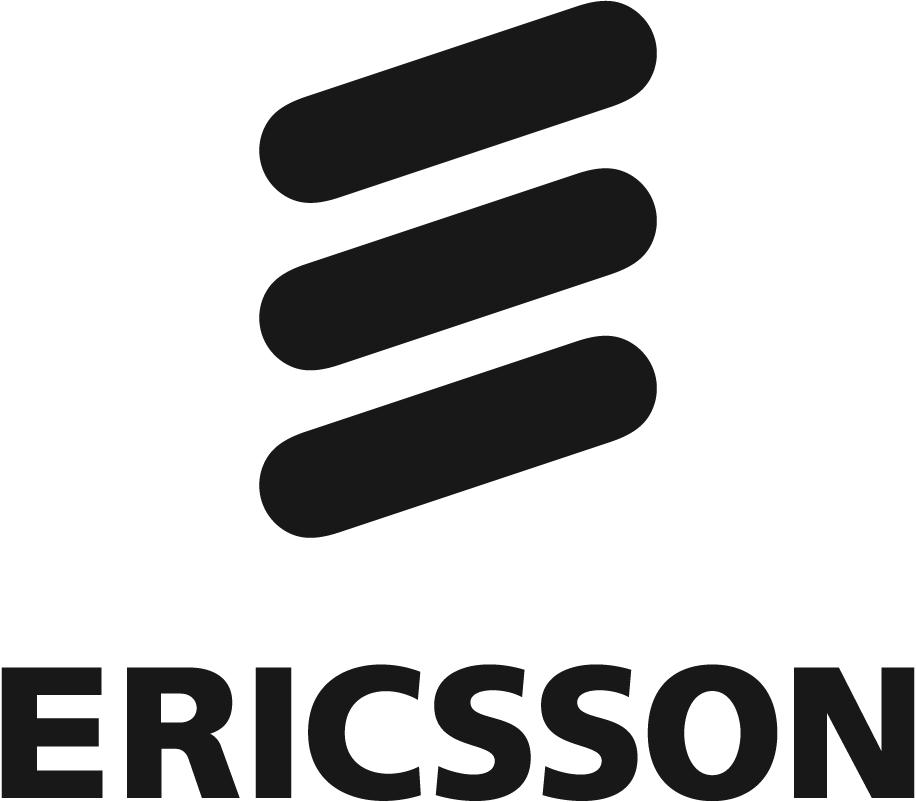Standardization: An Underrated Ally in Solving Tomorrow's Challenges
This month’s 26th UN Climate Change Conference of the Parties (COP26) meeting is an ideal opportunity to take stock of our efforts in solving society’s greatest challenges and look ahead at how we can find common solutions for what is still to come

By Bernardo Matos, Director IPR Policy
As a telecom company, whenever we think of coming together to find technological solutions, the first thing that comes to mind is standardization. Not familiar with it? Let me take a moment to introduce it:
In short, standardization means that many different actors come together to collaboratively develop cutting-edge solutions and technologies. The telecommunications sector, in particular, has long leveraged standards to allow products and services to work globally. For example, standardization allows you to travel to different continents and continue using the same smartphone and SIM card.
Developing open standards in the telecommunications sector doesn’t mean removing competition, but rather fostering it. By creating a global ecosystem based on collaboration and consensus, this drives innovation, generates economies of scale, and enables consumers to benefit from constantly improving performance, choice and price.
Once a standard is developed in this way, all actors can innovate on top of that standard, conscious that their products and services will be compatible, interoperable and safe. In fast-paced sectors, this represents an incredible vantage point, and avoids that gatekeepers control the entire ecosystem.
The final element of this model is intellectual property. For companies and individuals to contribute the results of their best R&D into standards, it’s crucial that an appropriate reward system is in place. Intellectual Property Rights, and patent licensing in particular, ensure that brilliant minds are fairly rewarded for their creativity and inventiveness.
Solving tomorrow's challenges with standardsWhen we imagine a world with limitless connectivity at Ericsson, we commit to using our technologies, services, and solutions to make life better for all people across the globe. Standards represent a foundational building block to get there.
For instance, if we look at energy and resource allocation issues, consider how inefficient it would be to create dozens of new solutions that are technologically incompatible with each other, poorly protect users, or otherwise slow down innovation.
While unlocking synergies across sectors, creating economies of scale, and connecting dots, the gain in performance and efficiency will also mean less e-waste, as well as more resilient and adaptable ecosystems.
This all makes standardization a promising path to help address global challenges such as climate change and environmental protection—and a concept that global political and business leaders should embrace in their discussions at COP26 (and beyond).
4G to 5G: An accelerator of transformational changeLooking at the field of telecommunications, cellular technology represents perhaps the most important contemporary example where standardization has been key to the development and rapid deployment of groundbreaking technology.
The present and future successes of 4G and 5G—both global industry standards—are possible because of an environment that fosters and rewards invention and collaboration.
From the very first steps of public-private cooperation between industry and the European Commission, to the actual standardization work at 3GPP—and the critical role of intellectual property rights and patent licensing—the right conditions need to consistently be in place for the full potential of human invention to be realized.
With the expected increase in efficient power and versatility of 5G in mind, take a look at a couple of our recent efforts that have already started to unlock the power of connectivity and standardization:
- Sensors and machine-generated data for IoT & farming
Working with the Brazilian government to test the impact of Internet of Things (IoT) projects in the agribusiness, our principal desire is working to eliminate world hunger. Being able to eventually collect and monitor an enormous incredible amount of data via wireless 4G/5G networks, we’ll steadily cut inefficient use of agricultural resources by optimizing equipment and machinery allocation, all while reducing operational costs and increasing productivity. - Cutting emissions to connect our future
Our 5G Smart Factory, which was upgraded from a basic fulfillment center to a cutting age manufacturing hub drastically improves productivity using AI, machine learning, and a wide array of sensors that work over 4G and 5G. A prime example of sustainable manufacturing, our site in Texas is even on path to receive a LEED Zero Carbon certification thanks to also leveraging on-site water collection and solar panel arrays. - Reducing global mobile energy consumption with 5G
Although most media reports about 5G tend to focus on features that will be experienced by consumers first and foremost, from a sustainability and energy efficiency point of view, 5G was also designed to do more with less. Compared to 4G, this new generation of cellular technology achieves a staggering 90% energy reduction when performing similar computations.
These efforts—and many more—are important steps forward to make humanity worthy of its role as “custodian” of our planet. Yet, there is much more potential still to be tapped through standardization and an environment that fosters invention and collaboration.
What comes next?With humanity’s biggest challenges still ahead, working collectively has never been more important. If our objective is to create a safer, greener, and more resilient world, we must come together to share ideas and develop solutions as a team.
COP26 is a great opportunity for governments, companies and society-at-large to work together for the benefit of all. Embracing standardization as part of this complex equation will help us move forward decisively—while unlocking the full potential of technology and collaborative innovation.

